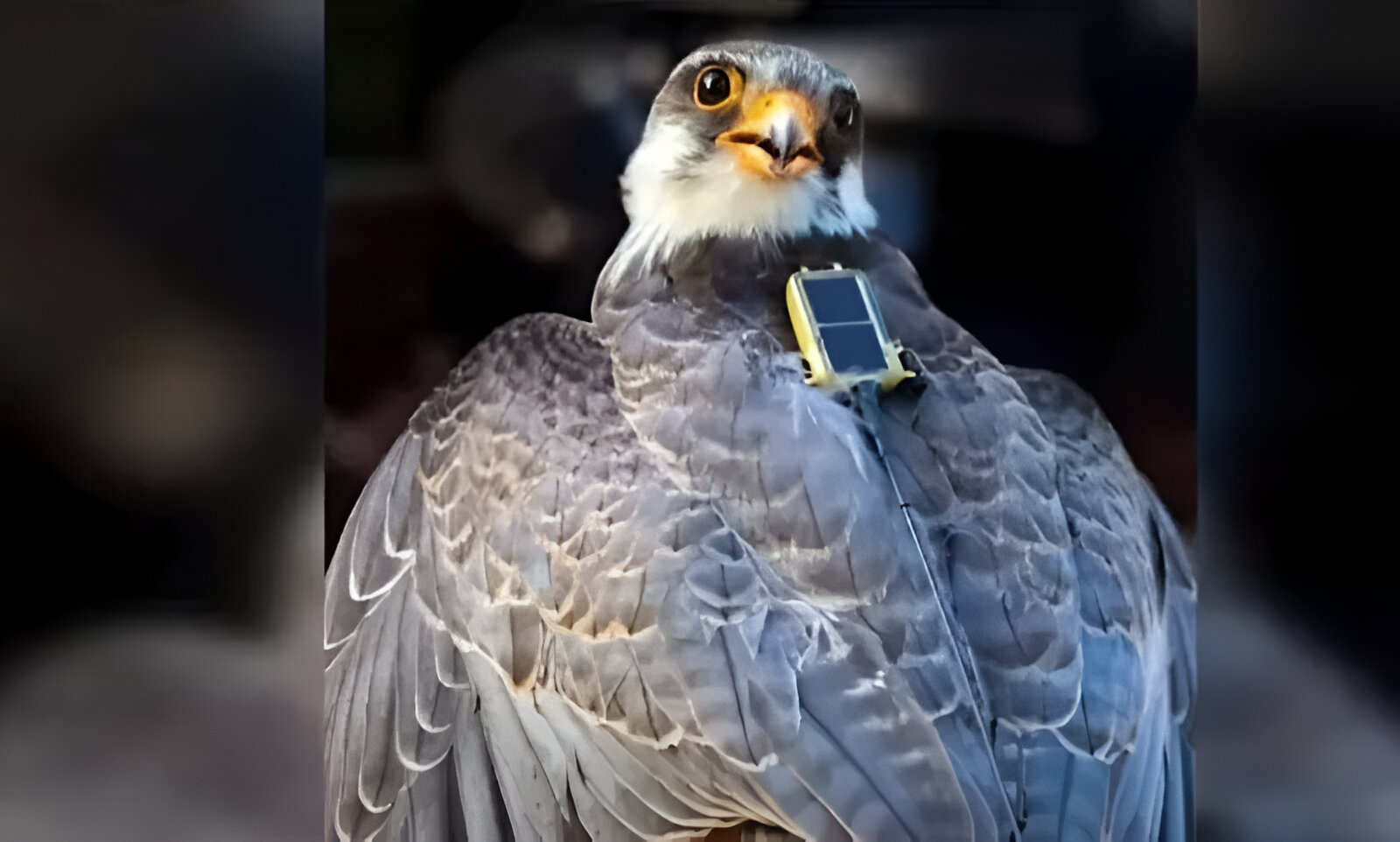Amur Falcon Heads Back to Siberia After 114 Days in Southern Africa
📰 Quick News Summary
An Amur Falcon named Chiuluan 2, radio-tagged in Manipur’s Tamenglong district, has commenced its return journey to Siberia after spending 114 days in Southern Africa. This remarkable bird, tracked by the Wildlife Institute of India (WII), began its northward migration from Botswana on April 8, 2025, and has already traversed Zimbabwe and Tanzania, currently nearing the Kenya-Somalia border. The journey highlights the incredible migratory patterns of the Amur Falcon, covering approximately 22,000 km annually between Siberia and Southern Africa.
🦅 The Epic Journey of the Amur Falcon: From Manipur to Siberia
1. Introduction: The Marvel of Migration
Ever wondered about the incredible journeys some birds undertake? The Amur Falcon (Falco amurensis) is one such avian marvel, embarking on an annual migration that spans continents. These small raptors travel from their breeding grounds in Siberia to wintering sites in Southern Africa, covering distances that boggle the mind. Their journey is not just a testament to endurance but also a fascinating subject for ornithologists and bird enthusiasts alike.
2. Meet Chiuluan 2: A Feathered Traveler
In November 2024, two Amur Falcons were radio-tagged in Manipur’s Tamenglong district by scientists from the Wildlife Institute of India. The male, named Chiuluan 2, and the female, Guangram, were named after local villages where they roosted. These tags allowed researchers to monitor their migratory paths, providing invaluable data on their routes and behaviors.
3. The Southward Sojourn
After being tagged, Chiuluan 2 embarked on its southward journey on November 8, 2024. The bird traversed through Bangladesh, Odisha, and Maharashtra before crossing the Arabian Sea, reaching the Somalia-Kenya border in late November. By December 20, it had arrived in South Africa, eventually spending over a month in Botswana’s Central Kalahari Reserve. In total, Chiuluan 2 spent 114 days in Southern Africa.
4. The Northward Return
Commencing its return journey on April 8, 2025, Chiuluan 2 has already crossed Zimbabwe and Tanzania, currently nearing the Kenya-Somalia border. The bird is expected to cross the ocean within the next 10 days, continuing its path back to Siberia. This return trip is a critical phase in its annual migratory cycle, showcasing the bird’s incredible navigational abilities.
5. The Science Behind the Journey
Tracking migratory birds like the Amur Falcon involves sophisticated technology. Satellite transmitters attached to the birds provide real-time data on their locations, flight paths, and behaviors. This information is crucial for understanding migration patterns, identifying critical stopover sites, and implementing conservation strategies.
6. Conservation Significance
The data collected from Chiuluan 2 and others like it play a vital role in conservation efforts. Understanding migratory routes helps in protecting habitats essential for the birds’ survival. Moreover, it raises awareness about the challenges migratory birds face, such as habitat loss and climate change, prompting international cooperation for their preservation.
7. Community Involvement in Manipur
Local communities in Manipur have shown commendable involvement in the conservation of Amur Falcons. By participating in tagging programs and protecting roosting sites, they contribute significantly to the birds’ safety during their migratory stopovers. This community engagement is a model for conservation efforts worldwide.
8. Challenges in Migration
Migratory birds like the Amur Falcon face numerous challenges, including habitat destruction, hunting, and climate change. These threats can disrupt their migratory patterns and reduce survival rates. Conservation efforts must address these issues through habitat protection, legal frameworks, and public education.
9. The Role of Technology in Conservation
Advancements in technology have revolutionized bird conservation. Satellite tracking provides detailed insights into migratory behaviors, enabling targeted conservation actions. Additionally, data analytics and modeling help predict migration trends and assess the impact of environmental changes on bird populations.
10. Global Cooperation for Migratory Birds
The conservation of migratory birds is a global responsibility. Countries along migratory routes must collaborate to ensure the protection of these species. International treaties and agreements, such as the Convention on Migratory Species, play a crucial role in facilitating this cooperation.
11. The Future of Amur Falcons
Continued research and conservation efforts are essential for the future of Amur Falcons. By understanding their migratory patterns and addressing the challenges they face, we can ensure that these remarkable birds continue to grace our skies for generations to come.NorthEast Now
❓ FAQs
Q1: What is the total distance covered by Amur Falcons during migration?
A: Amur Falcons cover approximately 22,000 km annually, migrating between Siberia and Southern Africa.NorthEast Now
Q2: How are Amur Falcons tracked during migration?
A: Scientists use satellite transmitters attached to the birds to monitor their migratory paths in real-time.NorthEast Now
Q3: Why is Manipur significant in the migration of Amur Falcons?
A: Manipur, particularly the Tamenglong district, serves as a crucial stopover site where the birds rest and feed during migration.NorthEast Now
Q4: What challenges do Amur Falcons face during migration?
A: They face threats like habitat loss, hunting, and climate change, which can disrupt their migratory routes and survival.
How can we help conserve migratory birds like the Amur Falcon?
Supporting habitat protection, reducing pesticide use, and backing community‑led conservation initiatives along migratory routes are key steps.



